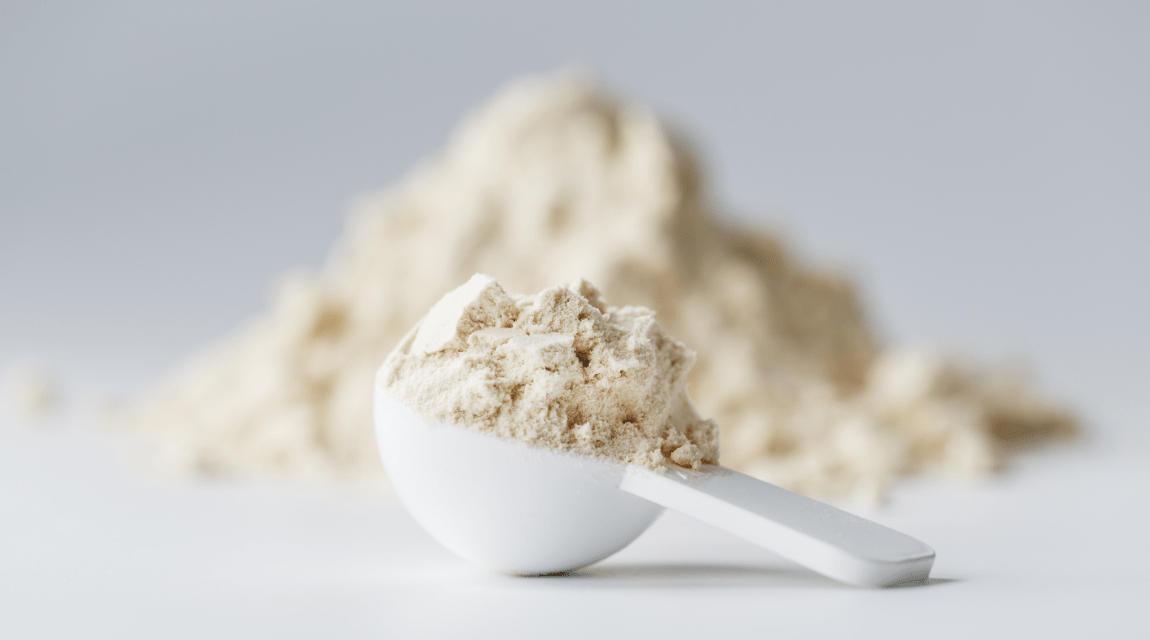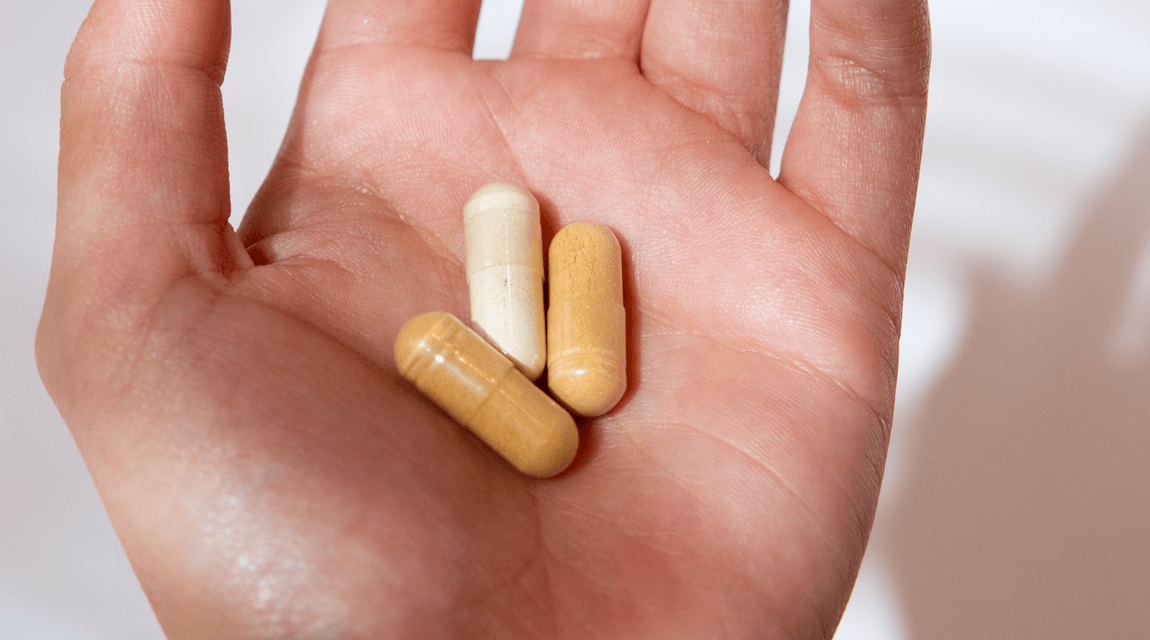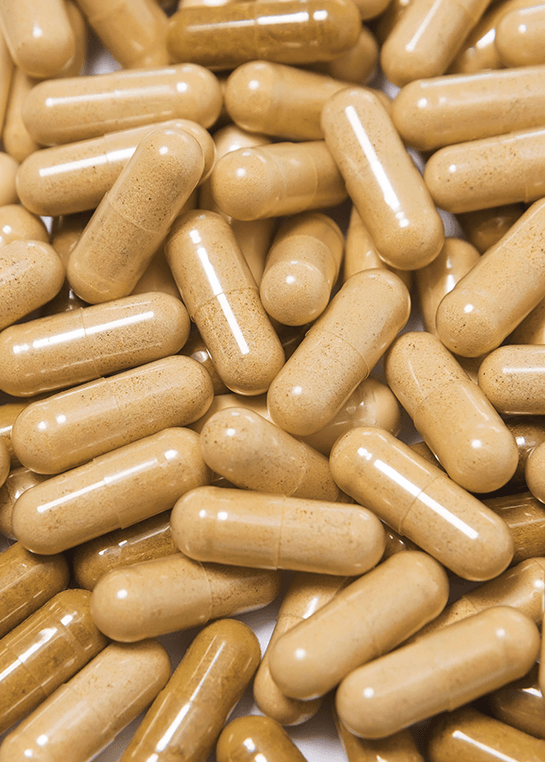Low testosterone? Here’s what can help

You’ve probably heard of testosterone, the “male” hormone that makes men look like, well, men! Testosterone plays a role in regulating sex drive, genital development, body hair, muscle mass and strength, fat distribution, height, deepening of the voice and the production of sperm. In men, Leydig cells produce testosterone in the testicles, although the adrenal glands are responsible for a small percentage.
Testosterone can also influence behaviors such as competitiveness and aggression — which explains why young males often do dumb things and end up getting hurt!
But did you know that women have testosterone in their bodies too? Women’s normal testosterone levels are much lower than the levels found in men’s bodies. The ovaries produce most of women’s testosterone, and as in men, the adrenal glands pitch in. In women, testosterone affects libido (sex drive), bone mass, red blood cell production, reproduction and cognitive health.
Testosterone Levels in Men and Women
According to the Mayo Clinic, testosterone levels in both genders is highest during the teen and young adult years, and then it gradually drops as we age. It’s normal for testosterone levels to fall below healthy levels as we age in both men and women, but sometimes levels can dip below normal ranges before old age sets in, a condition called hypogonadism or testosterone deficiency syndrome.
It is rare for men to have testosterone levels that are too high, but it can happen in women. Symptoms of too much testosterone in women include excess body hair, irregular menstrual cycles, infertility, low libido, decreased breast size and deepening of the voice.
A simple blood test is the first step in determining if your testosterone levels are too low or high. You may hear about free and total testosterone levels, so your doctor will help you learn the difference.
What Happens When Testosterone Levels Are Too Low?
In men, a normal testosterone range is about 240 nanograms per deciliter (ng/dl) to about 950ng/dl. If levels fall below the normal range, men may experience a variety of unpleasant symptoms including: problems with erections, fatigue, mood swings, hair loss, reduced bone mass, reduction in testicle size, reduction in amount of semen, difficulty sleeping, lowered sex drive, reduced muscle mass, hot flashes and increase in body fat.
For women, normal levels range from about eight to 60ng/dl. Women with lower than normal testosterone levels may experience most of these symptoms, as well as irregular periods, fertility issues and vaginal dryness. Most women develop low testosterone levels after menopause.
In men, it’s normal to for testosterone levels to start gradually falling around the age of 30 at a rate of about 1 percent per year. And around 50, some men experience andropause, the male equivalent of menopause.
How Common is Testosterone Deficiency Syndrome (Low Testosterone) in Men and Women?
According to one study of 2,162 patients, hypogonadism or testosterone deficiency syndrome (TD) affects about 40 percent of men aged 45 and older. By the time men reach 80, this number jumps to 50 percent. Testosterone deficiency is rare in men younger than 40, but it can happen. Testosterone deficiency in younger women is less studied, so it’s more difficult to determine how common it is.
So, What Causes Hypogonadism / Testosterone Deficiency Syndrome in Men and Women?
While aging is the usual cause, a bevy of factors can cause testosterone deficiencies ranging from injuries to illness to medications. Some people are born with conditions that cause TDS, such as Klinefelter syndrome, Noonan syndrome and ambiguous genitalia. Today, we are only focusing on TDS that develops in adulthood.
In women, issues with their adrenal glands, ovaries or pituitary glands can cause TDS. In men, a variety of health conditions and circumstances can cause TDS to develop:
- Obesity
- Metabolic syndrome (unhealthy cholesterol levels, high blood pressure and blood sugar, and belly fat)
- Type 2 diabetes
- Kidney or liver disease
- Testicular cancer / tumors
- Chemotherapy or radiation
- Pituitary gland disease
- HIV / AIDS
- Thyroid conditions
- Alcohol use
- Anabolic steroid use
- Testicle removal, injuries or genetic abnormalities
- Medications such as statins, opioids, some antidepressants, Tagamet, Aldactone, Propecia and ketoconazole
How to Treat Testosterone Deficiency Syndrome
You’ll work with your doctor to determine the cause, and this will dictate much of your treatment if your TDS is due to an underlying medical condition. Your doctor may prescribe testosterone therapy (TT), which means putting testosterone back into your body. You can get testosterone into your body in five different ways: through the skin, via injection, by mouth, through the nose or by pellets placed under the skin.
Are There Other Ways to Increase Testosterone Without Hormone Treatment?
What if you don’t have an obvious, treatable underlying condition causing your TDS? Or if you do, are there other things you can do to help increase your testosterone other than TT? Definitely! While there is no magic “cure,” you can take some steps to improve your testosterone levels naturally:
-
Dietary Changes: You’ve heard it before, but we have to say it again: eat a well-balanced diet with plenty of fresh fruits, vegetables, healthy fats, lean proteins and avoid junk food and empty carbs. Try to eat more foods that are high in vitamin D and zinc such as tuna, eggs, oysters, shellfish and beans. We know this is easier said than done — but losing weight can reduce or eliminate a variety of health issues, including TDS.
-
Lifestyle Changes: Again, these are no-brainers. First, get more sleep! If your body lacks restorative sleep, this can affect a variety of hormones and create chemical imbalances. You also need to get those stress levels under control. When stressed, your body turns into a cortisol-making machine — and cortisol interferes with testosterone production. Consider taking a supplement that contains ashwagandha and holy basil, which can help your adrenal glands better manage cortisol production.
-
Find Your Weights and Get Moving: Exercise can boost your testosterone levels, especially resistance training and weight lifting. Several studies have found that people who exercise regularly have higher testosterone levels, even the elderly.
- Multivitamins and Supplements: Find a high-quality multivitamin that contains vitamins B, A, D, C, E and zinc. Don’t just grab any multivitamin — low-quality, low-cost ones are often made with ingredients the body doesn’t absorb well or that contain toxins. You can also take supplements designed specifically for increasing testosterone.
Obviously, you should always consult your doctor before you head off on a self-treatment plan for low testosterone levels! However, many of the natural ways to increase your testosterone levels we listed here are things that will help improve your overall health and make you look and feel better. You can learn more about testosterone in this slideshow on WebMD.com.
Sources:
https://www.nih.gov/news-events/nih-research-matters/understanding-how-testosterone-affects-men
https://www.miamiobgyns.com/blog/low-testosterone-womens-issue/
https://www.healthline.com/health/what-is-testosterone
http://www.yourhormones.info/hormones/testosterone/
https://www.everydayhealth.com/testosterone/womens-health/
https://www.urologyhealth.org/urologic-conditions/low-testosterone
https://www.healthline.com/health/menopause/male
https://www.issm.info/sexual-health-qa/can-prescription-medications-affect-testosterone-levels/
https://www.artofmanliness.com/articles/how-to-increase-testosterone-naturally/
https://www.everydayhealth.com/news/ways-youre-ruining-your-testosterone/
https://www.healthline.com/health/low-testosterone/boosting-food#shellfish
News you can use.
If it’s good, it’s here. We’ve got a feed full of health tips, life hacks, nutrition tips, awesome events, fun ways to stay fit, and more.









